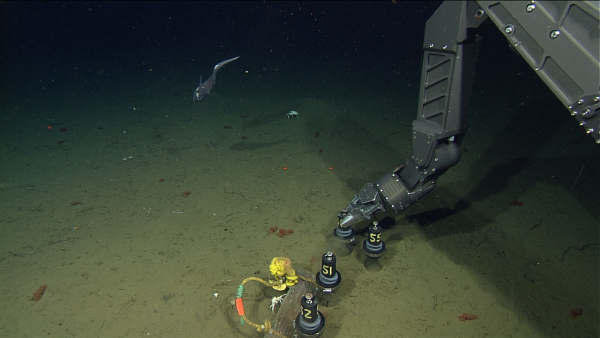 I’ve gotten a little crazy about wood falls lately. My newest research project with Jim Barry at MBARI is definitely coolest research I have ever done. Now it just got a little cooler because it will now involve you and now has a dub step audio track.
I’ve gotten a little crazy about wood falls lately. My newest research project with Jim Barry at MBARI is definitely coolest research I have ever done. Now it just got a little cooler because it will now involve you and now has a dub step audio track.
I am participating in this round of the Scifund Challenge with my project Wood: Is it What’s For Dinner? The project seeks funding to examine the stable isotopes of animals on wood falls. By examining these chemical fingerprints we can determine what each animal eats and whether it is predator or prey. This will yield a richer understanding of how land and oceans are linked in the global carbon cycle.
I need your help to fund this research! My ultimate goal is to raise $4,000 but I know you can help me raise even more! Want to contribute to the project and get a little wood fall and DSN sway as well? You know you do!
The link is real easy to remember and hand out to all your friends tinyurl.com/gotwoodfall
Below I describe more of the project but instead YOU MUST WATCH THE VIDEO BELOW about the project. The video is the brain child of myself, Alex Warneke, and Sarah Keartes. Alex was the creative director and Sarah the producer. What you get is amazing dub step from Medium Troy (on Sound Cloud) mixed with sweet wood fall footage from MBARI’s ROV Doc Ricketts. Special thanks to MBARI for the footage!
What’s This Research All About?
The Secret Oceanic Life of Tree
Each day a tree dies. Its carcass may lay there on the forest floor, ravaged by fungus, insects, and plants as they grow from its remains. But, perhaps the tree meets a watery grave–gently floating down river ultimately finding itself bobbing in the ebb and flow of the tides. Eventually this tree becomes waterlogged and begins sinking.
At a critical depth and pressure the ocean squeezes the last bit of terrestrial air out of the wood replacing it with brine. So begins the story with a tree sinking into the deep. Wood falls range from small fragments to 2000+ pound behemoths. In the deep, devoid of light and plants, a wood carcass brings a rare commodity—food. The amount of carbon a tree or piece of wood brings to the seafloor can be anywhere from ten to a thousand times that regularly encountered on the seafloor. From the carcass comes nourishment to sustain deep-sea life.
Ocean Creatures Eat Snacks From Land
What’s surprising given the rarity and uncertainty of that wooden treat along the deep-sea floor, is that wood falls possess a fauna wholly specialized for living and consuming them. The digestion of a fibrous and solid food source requires talent, a hearty gut, and some bacterial help–traits not many species possess. These organisms finish the tree off, tearing it apart from inside and out. Bivalves of the genus Xylophaga (measuring less than an inch) use a ridged shell to bore into the wood, ingesting the wood fragments. On their gills they host an endosymbiotic bacteria that can digest their woody snack. But, something extraordinary also happens on wood falls, special bacteria anaerobically breakdown the wood. One of the by-products of this, sulfide, can be used by chemosynthetic bacteria, similar those at hydrothermal vents. These bacteria provide a tasty snack for animals at wood fall. Scientists know little of which species gain nutrition through a pure wood versus the sulfur route. Nor do we know which species are preying upon others. Using the chemistry of the animals, by looking at stable isotopes of carbon, nitrogen, and sulfur, we can begin to reveal this.
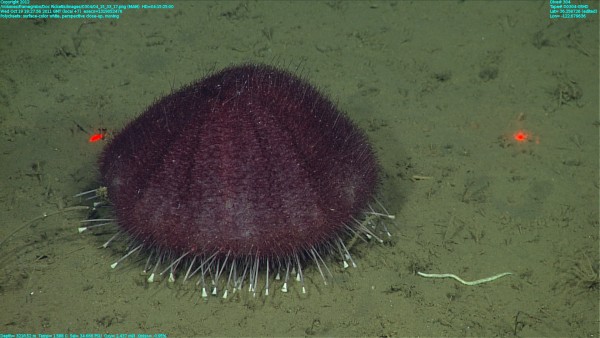 Understanding Food Webs with Stable Isotopes
Understanding Food Webs with Stable Isotopes
Carbon, nitrogen and sulfur are all important elements obtained from eating other stuff. The old adage “you are what you eat” is actually true to some extent. Each animal has a slightly different signature of stable isotope ratios that reflect the signature of preferred food items. In nature, 1.1% of all carbon isotopes are the stable Carbon-13. However, plants and phytoplankton take up Carbon-13 differentially; Carbon-13 serves as sort of a chemical thumbprint of the food source. Terrestrial plants possess higher values than phytoplankton which in turn are higher than seagrass. The nitrogen isotopes, specifically Nitrogen-15, how high up the food chain an animal is. As organism eat each other, Nitrogen-15 is transferred to the predator. Thus, top predators have the highest Nitrogen-15 values. Looking at the Sulfur-34 concentrations can tell us whether an animal is munching on the sulfidic bacteria or predator of something that does.
Chunking Wood Into the Ocean: The Experiment!
In 2006, Jim Barry (Monterey Bay Aquarium) and I chunked 36 logs overboard to begin to examine wood fall communities. Chunked may be a strong verb for sending them down on a benthic elevator. Once on the bottom, a remotely operated vehicle dispersed them over a 1600 square foot area now affectionately referred to as Deadwood. In 2011 and 2013, we retrieved these wood falls. On the surface, I and others picked through the once solid but now bore-riddled and crumbling logs for Xylophaga, limpets, worms, snails, and other wee beasties. As we picked through the rotting wood carcasses, my level of excitement was only matched by the sulfidic, rotten egg, stench of decomposition.
Why Should I Care About This Research?
Wood represents a significant source of carbon input into the deep oceans and ties oceans and land together in the carbon cycle. Wood has been found frequently on the deep-sea floor several miles deep and several miles from land. During major storms that drive erosion and move debris down river, the movement of wood into the oceans can be sizable. During the Typhoon Morakot in 2009, the total amount wood weight carried to the oceans was estimated to be the equivalent weight of ~850,000 school buses. On the deep-sea floor, a single wood fall can enrich the carbon of the sediment by >25% even after several years. This represents a major pathway of natural carbon sequestration that has received little attention. We know very little of the fate of this wood based carbon after it arrives to the seafloor.
But this forest to deep ocean carbon pathway may be changing owing due to deforestation and increasing river discharge. From 2000 to 2005, 7.3 million hectares of forest per year were lost. In most of insular Southeast Asia, the forest cover decrease exceeds 50% and is well over 80% in New Guinea. Across Mexico, only 27% of the original forest cover remained intact by 1990. In addition, global warming is driving greater transport of atmospheric moisture in certain areas leading to increasing river flows. From 1936-1999 annual discharge of water in the largest Eurasian rivers into the Arctic Ocean increased by 7%.
What Are We Actually Going to Do
In collaboration with Jim Barry (MBARI) and David Honig (Duke University) and using specimens collected from the Deadwood experiment
1. We aim to analyze stable isotope compositions (carbon, nitrogen, and sulfur) of at least ten individuals of each species.
2. By conducting a statistical analysis on the isotope data, we will construct the food web of a wood fall community.

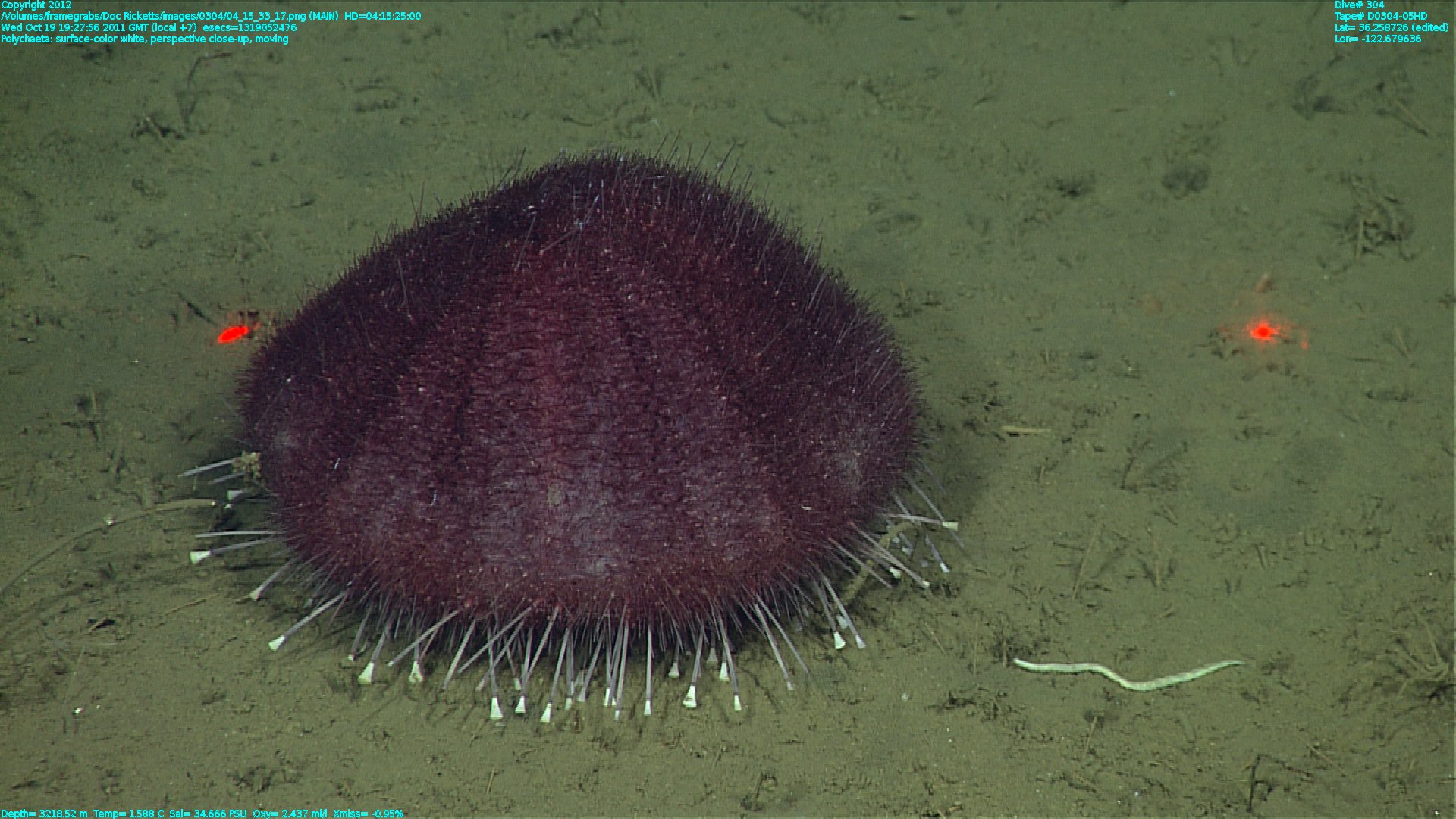
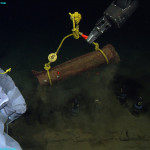
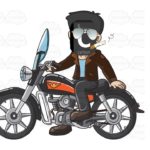
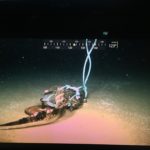
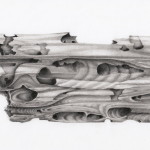
Your Tiny URL doesn’t work! :( Not for me anyways.
You only need the tniyurl part of the link.
https://experiment.com/projects/wood-is-it-what-s-for-dinner
is the full like the links were put in the article wrong.
Janet,
Thanks for flagging! The link is fixed now.
wub-wub-wood-wub
this is amazing. i’d like to see more photos of the wood after it has been removed from the water (00:59).
LH will do! I will put up a post in the next day or two.